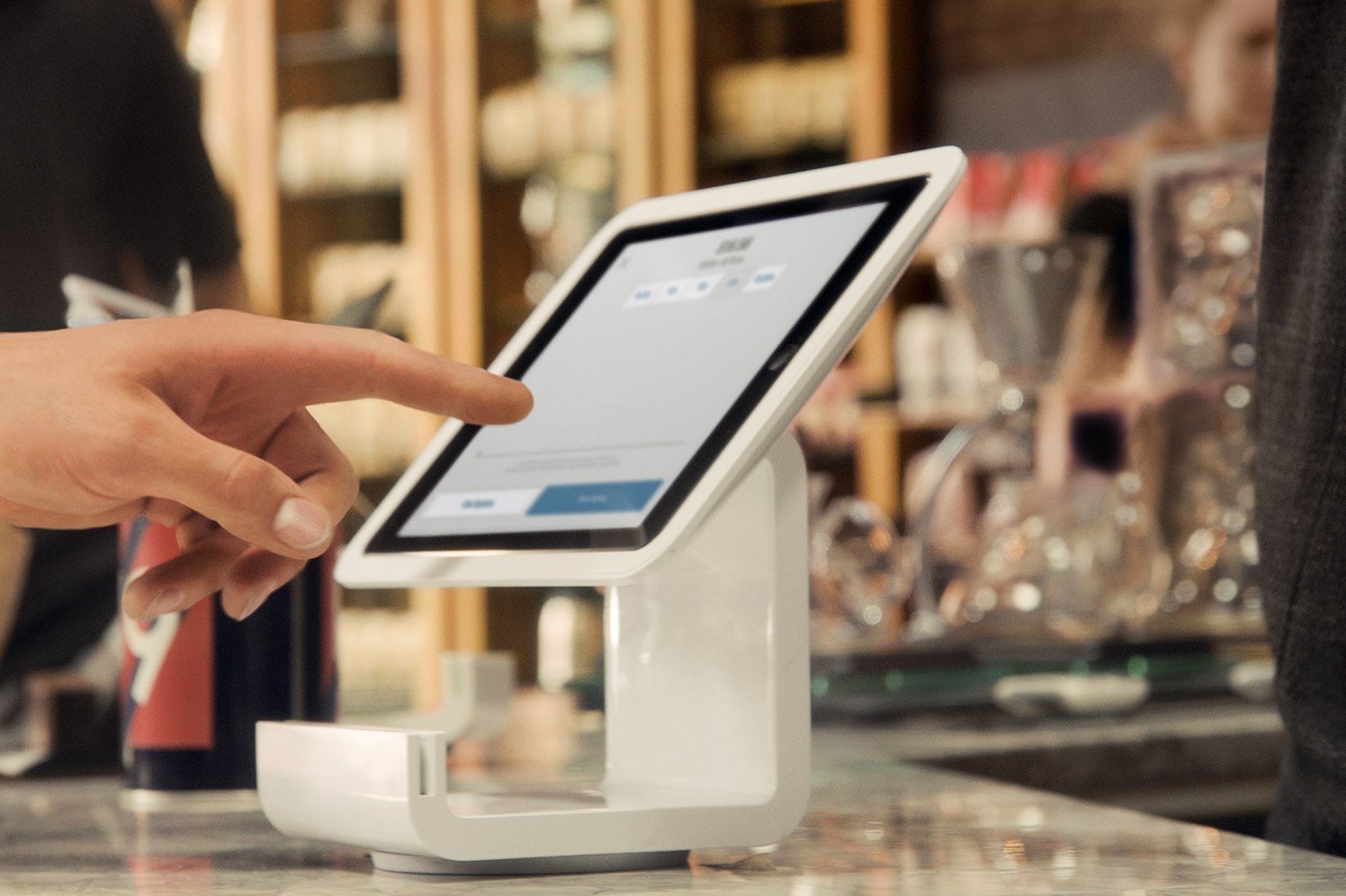Unlock the Power of Sales Reports with POS Analytics

In today’s competitive food and beverage industry, owning a coffee shop or restaurant is more than just serving great meals and drinks — it’s about understanding your business inside and out. One of the most powerful tools available to modern restaurant and café owners is the Point of Sale (POS) system, especially when equipped with analytics and sales reporting features. These insights can unlock significant growth potential, improve efficiency, and sharpen decision-making.
Why POS Analytics Matter
A POS system is no longer just a digital cash register. Modern POS platforms collect and analyze data from every transaction, giving you a window into your business’s performance. From tracking top-selling menu items to understanding customer habits, sales reports generated by your POS system offer a goldmine of actionable insights.
Without analytics, you may find yourself relying on gut feelings or outdated spreadsheets. With POS analytics, however, you can base your decisions on real-time data, helping you stay agile and competitive.
What Can POS Sales Reports Tell You?
1. Best-Selling Items
Your POS system can show you which menu items are performing well and which aren’t. Are lattes flying off the shelves while your new seasonal sandwich barely moves? With detailed sales data, you can refine your menu to focus on high-performing items, reduce food waste, and introduce more profitable offerings.
2. Sales by Time or Day
POS analytics can reveal which days and times are your busiest. Are you seeing more traffic on Sunday mornings? Does business slow down every Wednesday afternoon? Understanding your peak hours helps with staff scheduling, promotional planning, and inventory forecasting.
3. Revenue Trends
Sales reports help you spot growth or decline over time. By reviewing weekly, monthly, or quarterly trends, you can assess whether your latest marketing campaign worked, if seasonal menu changes had an impact, or if your overall revenue is on track.
4. Customer Spending Habits
Some POS systems also offer insights into average ticket size, frequency of visits, and loyalty program usage. You can identify your most loyal customers, track their preferences, and reward them strategically to increase retention.
How Sales Reporting Drives Smart Decisions
With rich POS analytics at your fingertips, you can make smarter, data-backed decisions that benefit your business in both the short and long term. Here’s how:
- Menu Optimization: Drop underperforming items, double down on high-margin dishes, and test new offerings with less risk.
- Efficient Staffing: Align your staff scheduling with real sales trends to reduce labor costs and maintain service quality during peak hours.
- Inventory Management: Avoid overstocking or understocking by understanding product movement patterns, reducing waste, and improving profitability.
- Targeted Promotions: Run discounts or loyalty programs based on real customer behavior, not assumptions, increasing engagement and ROI.
Real-Time Reports for Real-Time Responses
One of the biggest advantages of modern, cloud-based POS systems is real-time reporting. You no longer need to wait until the end of the week to understand how your business is doing. You can check your numbers from your smartphone or tablet and respond immediately to any issues.
Is a location underperforming compared to last week? Is a specific item selling out too quickly? These insights allow for quick reactions — whether that’s restocking an ingredient, adjusting prices, or providing more staff support.
Final Thoughts
POS analytics aren’t just for big chains or tech-savvy entrepreneurs — they’re essential tools for every coffee shop, restaurant, or café owner who wants to run a smarter, more profitable business. By unlocking the power of sales reports, you gain deeper insight into your operations, customer behavior, and growth opportunities.
If you’re not already using these features, now is the time to explore a POS system that offers advanced reporting and analytics. In an industry where every margin matters, the right data can be the difference between surviving and thriving.






